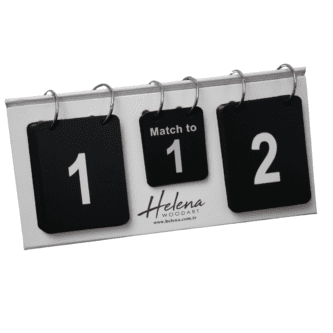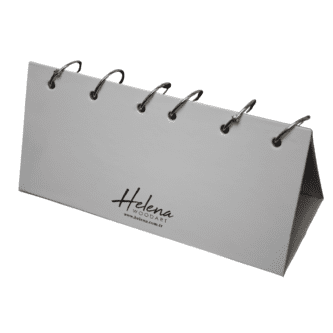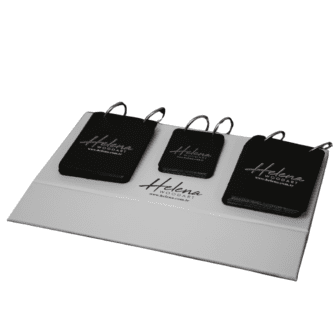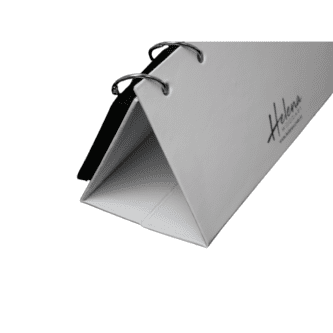Backgammon Scoreboard
Backgammon Scoreboard
Understanding Backgammon Scoring
The scoring system in backgammon is not as straightforward as simply counting wins and losses. A game of backgammon can end in different ways, each awarding a varying number of points. A standard win, known as a single game win, occurs when one player bears off all their checkers before the opponent does. This results in the winner earning one point. However, if the losing player has not borne off a single checker, the game ends in a gammon, awarding the winner two points. An even more decisive victory is a backgammon, where the loser has checkers still in the winner’s home board or on the bar, leading to a three-point win for the victor.
The scoring system becomes even more dynamic with the introduction of the doubling cube. The doubling cube is a key strategic element of backgammon, allowing players to raise the stakes of a game by proposing to double the point value at any time before rolling the dice. If the opponent refuses the double, they immediately forfeit the game and lose the current point value. If they accept, the game continues with the new, doubled stakes. The doubling cube can escalate rapidly, making an accurate scoreboard even more essential.
Types of Backgammon Scoreboards
Keeping track of scores in backgammon can be done in various ways, ranging from traditional to modern methods. One of the simplest ways is through a paper scorecard, where players manually write down the points awarded after each game. While effective, this method requires meticulous attention and is more susceptible to errors.
For a more structured approach, many players and tournaments use physical scoreboards. These can be simple wooden boards with adjustable sliders or pegs representing points. More advanced setups include electronic scoreboards that automatically update the scores based on the game’s progress, reducing the risk of human error. In today’s digital era, mobile apps and online platforms also offer automated scorekeeping, making it easier for players to focus on the game while ensuring that the score remains accurate.
How to Use a Backgammon Scoreboard?
Using a backgammon scoreboard properly involves more than just marking down wins and losses. A complete scoreboard should reflect the number of points accumulated by each player, the doubling cube status, and, in match play, the target score required to win. Before starting a match, both players should agree on the scoring method and verify that the scoreboard is clear and easily readable.
During gameplay, every game outcome should be recorded immediately after completion to prevent disputes. If the doubling cube is used, its final value at the end of the game should also be noted, as this directly affects the number of points awarded. In tournament settings, official scorekeepers may oversee this process to ensure consistency and accuracy.
The Role of the Doubling Cube in Scoring
The doubling cube adds an extra layer of strategy to backgammon and has a direct impact on scoring. Unlike standard dice, the doubling cube features the numbers 2, 4, 8, 16, 32, and 64, representing the potential multipliers of the game’s point value. A player can propose doubling at any time during their turn before rolling the dice. If the opponent accepts, the game continues with the new point stakes. If they refuse, they immediately concede the game and lose the current stake.
This means that a player who strategically manages the doubling cube can maximize their winnings or minimize their losses. Keeping track of doubling cube decisions on the scoreboard ensures transparency and helps both players recall the game’s progression. Many competitive backgammon players develop strategies based on doubling cube positioning, which can ultimately determine the outcome of a match.
Backgammon Scoreboards in Tournaments
In tournament play, scoring rules are stricter, and the use of an official scoreboard is standard practice. Matches are typically played to a predetermined number of points, such as 5, 7, or 11, with the first player to reach this total declared the winner. Unlike casual games, tournaments may involve additional rules, such as the Crawford Rule, which states that once a player is one point away from winning the match, the doubling cube cannot be used in the next game. This prevents unfair advantages and keeps the game balanced.
Tournament scoreboards are often maintained by referees or official scorekeepers to prevent disputes. Many professional backgammon tournaments also use electronic scoreboards, which automatically update and display match progress in real-time, eliminating manual errors.
Choosing the Best Backgammon Scoreboard
Selecting the right scoreboard depends on personal preference, level of play, and practicality. For casual players, a simple notepad or printed score sheet may suffice. For those who play frequently, investing in a quality wooden or plastic scoreboard with pegs or sliders can provide a more refined experience. Digital options, including mobile apps and electronic boards, are particularly useful for online play or players who prefer automated scorekeeping.
When choosing a scoreboard, factors such as size, readability, durability, and ease of use should be considered. A good scoreboard should be easy to read from a distance, sturdy enough to withstand regular use, and simple enough to update quickly without disrupting gameplay. For professional play, official scoreboards with designated spaces for tracking points, doubling cube values, and match progress are recommended.
DIY Backgammon Scoreboard: Making Your Own
For those who prefer a personalised approach, creating a DIY backgammon scoreboard is a fun and practical option. A simple scoreboard can be made using a piece of cardboard, a marker, and movable clips or pegs to keep track of scores. Alternatively, players can design and print their own score sheets, laminating them for repeated use with dry-erase markers. Online templates are also available for those who want a structured format without purchasing a physical scoreboard.
Common Mistakes and How to Avoid Them>
One of the most common scorekeeping mistakes in backgammon is failing to record the results of a game immediately, leading to confusion or disputes later. Another frequent error is miscalculating the doubling cube’s impact on the final score. To avoid these mistakes, both players should verify scores at the end of each game and ensure that all information is recorded accurately.
In tournament settings, disagreements over scores can lead to penalties or disqualifications. Players should always double-check the scoreboard and, if necessary, consult a referee before continuing the match. Using a reliable scoreboard and adhering to proper scorekeeping practices ensures a smooth and fair game.
Conclusion
A backgammon scoreboard is an essential tool for tracking game progress, ensuring fair play, and maintaining accurate records, whether in casual or competitive settings. With various types of scoreboards available, from traditional paper records to digital applications, players have multiple options to suit their needs. Understanding how to use a scoreboard correctly, including the impact of the doubling cube, is vital for any backgammon player looking to improve their game and maintain consistency.
Whether you are a beginner learning the fundamentals of backgammon or an experienced player competing in tournaments, using a scoreboard effectively will enhance your gameplay experience. By selecting the right scoreboard and practising meticulous scorekeeping, you can ensure that every match is played fairly and enjoy the strategic depth that backgammon has to offer.






